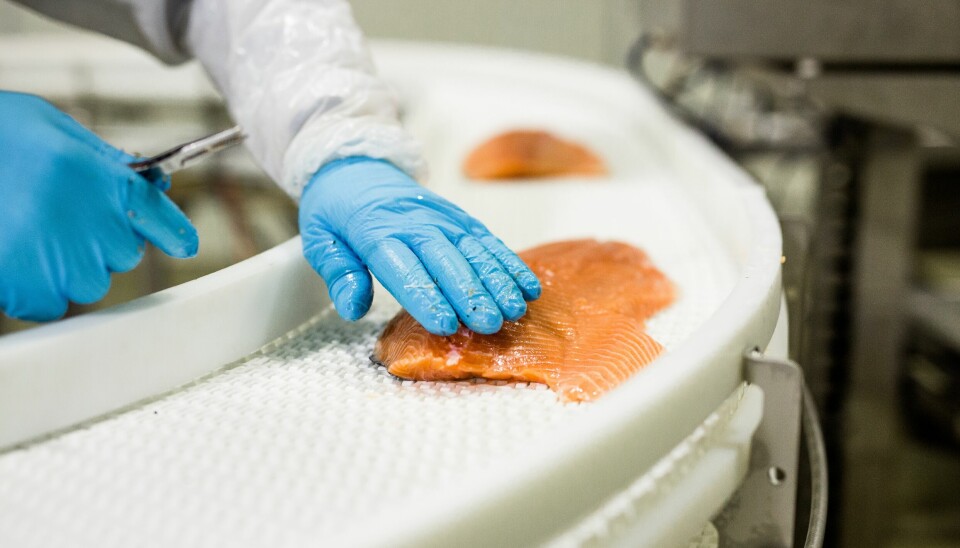
Researchers seek to unlock hidden opportunities in seafood supply chain
Researchers from the James Hutton Institute in Aberdeen are asking Scotland’s seafood sector to help them identify why it may be missing out on realising the full value potential of its by-products.
Fish oil and fish meal are already being produced from by-products of the fishing and fish farming industries in Scotland but more unusual examples of by-products from other countries include extracting insulin from fish eyes, using fish skin for leather and even skin grafts, and using shellfish shells for land drainage.
The team of economic and social science researchers at the Hutton want members of the seafood sector to take an online survey to help them understand what the untapped potential of Scottish by-products might be.
Lack of data
“We would like the industry to help us identify where the best opportunities are and find ways to overcome the barriers to unlock them,” said Dr Nazli Koseoglu, an applied economist at the Hutton.
“A challenge in the Scottish seafood industry is a lack of data on what could be processed, which is why we’re keen for people to take the survey from right across the sector. Initial findings suggest there are other challenges, such as the cost of labour for processing, which would be needed to segregate materials for use, as well as storage of by-products and the variability of catch, which makes scale and setting up supply chains difficult.
“Additionally, a large amount of the fish and shellfish landed in Scotland is exported, with processing potentially happening elsewhere, which could also limit opportunities for getting more value from by-product. But we need to learn more, which is why it’s important people take the survey.
“If we can help to pinpoint what the opportunities are, it could also help bring in innovative players, funding and opportunities to collaborate and lead to a more circular approach in the seafood supply chain.”
EU funding
The results of the work, part of a European Union-wide project called LOWINFOOD, will be shared with UK and EU policy makers, which could help further unlock opportunities.
The project will run until October 2024, when there will be an event bringing in stakeholders from across the fish and seafood supply chain, including survey participants, to share the results.
Scotland landed 429,000 tonnes of sea fish and shellfish with a gross value of £617 million in 2022, according to Scottish Government data, with the most being landed in northeast Scotland.
The salmon sector, meanwhile, produced more than 169,000 tonnes (wet weight) of fish in 2022. Salmon farmers have more input into the processing side than the fishing sector, gutting their fish in their own facilities, while Scotland’s biggest salmon farmer, Mowi, carries out its own secondary processing at a facility in Rosyth, Fife, where virtually all by-products are used. But other farmers sell their fish as head on gutted salmon that may then be further processed elsewhere.
Segmented supply chain
“One challenge for the Scottish [wild-caught] sector is the segmented nature of the supply chain, compared with somewhere like Iceland, which has a more integrated industry,” explained Dr Simone Piras, an economist at the Hutton. “They’re able to see where there are opportunities to turn what might be seen low-value by-product into valued products like collagen or even skin grafts, using the fish skin. By learning more and helping the industry collaborate, we hope we can find similar opportunities here in Scotland.”
The team also hopes to learn from and share innovations from other countries like Iceland and Norway, but also other food supply chains, like fruit vegetables.
“By taking our survey, the industry will help us to better understand where there could be opportunities and that will in turn unlock the potential for collaboration,” said Piras.
“Also, our results will be presented to UK and EU policy makers, which will be important in helping to make policy changes that could support the ability to get higher values from by-catch and by-product.”






















































